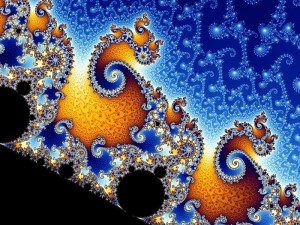TUESDAY, 8 FEBRUARY 2011
A partition of a number, n, is a sequence of positive integers that add up to that number. For example, 4 = 3+1 = 2+2 = 2+1+1 = 1+1+1+1, so there are 5 partitions of the number 4. In other words, the ‘partition number’ of 4 is 5. This is a very simple concept, but its properties have remained mathematically mysterious for centuries. One particularly baffling feature was the incredibly fast rate at which the number of partitions races off to infinity; while the partition number of 10 is 42, the partition number of 100 exceeds 190 million.Previous attempts to formulate algorithms for the sequence of partition numbers – made by mathematical geniuses of the likes of Euler – have all been hideously complex and cumbersome, greatly restricting the number of calculable partitions. Ono and his team were the first to realise that the sequences were 'fractal' for every prime number; they were periodic and repeated themselves over precise intervals. This has allowed them to formulate a function that can calculate the partition number of any positive integer requiring only finitely many simple numbers, an incredible achievement considering that the best their predecessors could come up with was a formula that involved infinitely many irrational numbers.
Written by Katy Wei

